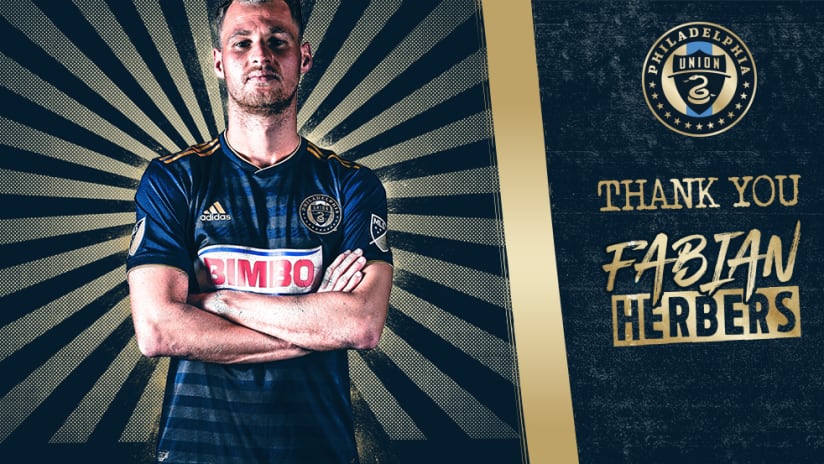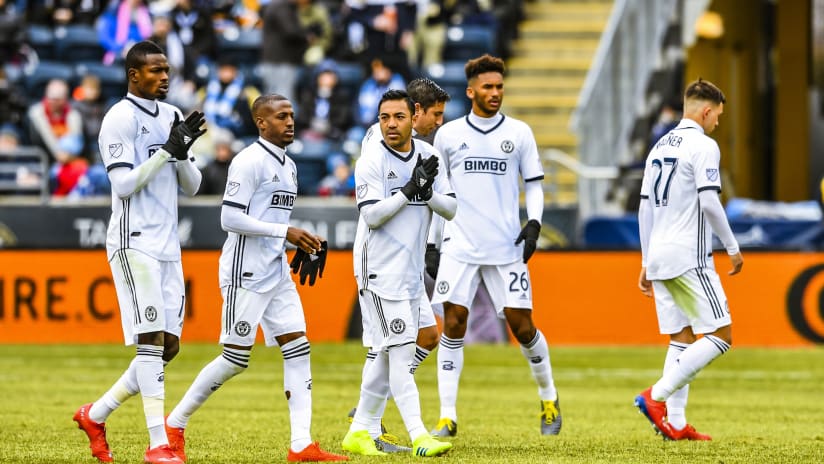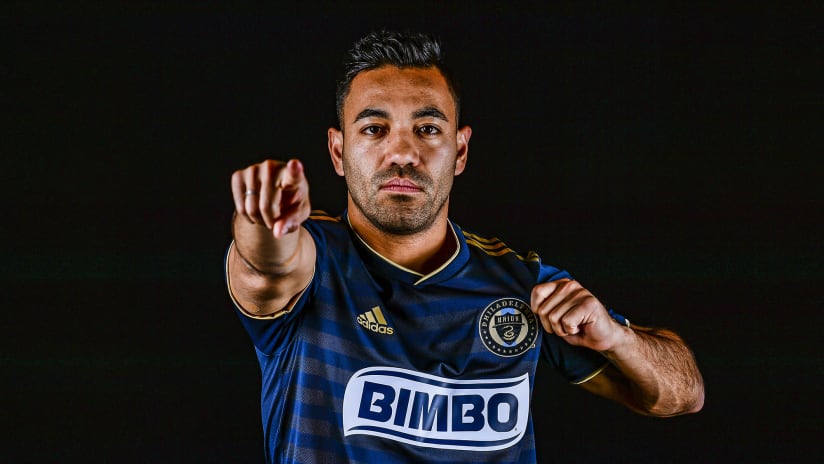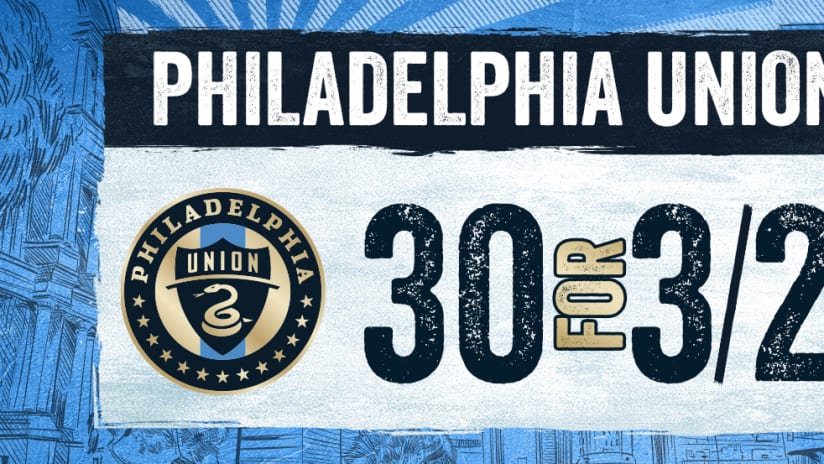In their first offseason after naming Earnie Stewart Sporting Director, Philadelphia Union made a pair of moves to acquire three top ten picks in the 2016 MLS SuperDraft. Those picks cost General Allocation Money and Zach Pfeffer (both sent to Colorado), and Cristian Maidana and Andrew Wenger, (both sent to Houston). In return, Philadelphia acquired the rights to picks that turned into Josh Yaro and Fabian Herbers; they already had the number three overall pick, which became Keegan Rosenberry.
Yaro has suffered through a seemingly endless string of injuries, but Rosenberry recovered his form to emerge as a hugely important piece of the 2018 roster. Herbers' story is more complex, but even taking into consideration that he has gone from a locked in first eleven player to a spot starter, Herbers has a strong case to be called the third or fourth best draft pick in 2016 behind Jack Harrison, Rosenberry, and perhaps the recently retired Brandon Vincent.
And now the Union have turned a player who didn't seem to have a clear fit in their current system into an asset. This was good business and a good opportunity for a player who had a productive time with Bethlehem Steel this season.
As Herbers moves on, he leaves behind an interesting legacy that speaks to the story of how Philadelphia evolved during his tenure. A collegiate striker who produced by playing a mobile role and sneaking away from central defenders to find gaps that he could pop through as his team burst forward, Herbers always profiled more as a winger that could add a few goals to his club's ledger. That's exactly what he did in 2016, with three goals and seven assists coming off the edge. Ten total goal contributions (goals+assists) was the third most collected by any Union player that year, behind only Chris Pontius and Roland Alberg. Herbers was a final third contributor who flitted in and out of the realm of reliable defensive work. He made hard recovery runs, but those runs were too often the result of poor initial positioning as he sought to put himself in a good spot to get forward rather than protect his fullback. Still, a goal and three assists during Philly's seven-match winless run to end the 2016 season points to a player that was adding value in attack.
By 2018, both the theory and reality of what the Union wanted to do had moved away from Herbers' skill set. The initial idea of controlling the ball, encouraging the opposition forward, then hitting the space behind with two lightning-fast wingers, gave way to David Accam's injury and the movements of Ale Bedoya and Borek Dockal and became a quick, rhythmic, right-sided attack. On the left wing, Fafa Picault was a space exploiter extraordinaire. With a tendency to drift inside early (unlike CJ Sapong, who did so after initial involvement) while lacking the technique or speed to fit well at either wide position, Herbers' greatest asset -- finding space without the ball, particularly near the box -- was only a fit at the striker position. The issue there was that Philly very much wanted a physical presence in the middle, and that's something the German-born former No. 6 overall pick could not provide.
With Bethlehem Steel FC, who often operated with two playmaking wingers and, when they played long, went to the corners, Herbers found he could excel. As a central striker, his pressing became a key element of Steel FC's success, and it provided an example for young striker Faris to work from as he sought to understand the complex triggers that allowed Steel FC to be aggressive defensively.
But Herbers clearly wanted more. He wanted a MLS role, and that meant moving on. His trade frees up a roster spot for the Union and gives them either a pick to use on somebody to develop or a chip to work into future deals. Regardless of how they put that pick to work, the Union have now found a home for a player that didn't seem to have a clear fit in their system, and they got something useful in return. Good luck to Fabian Herbers in Chicago, and now we look to see how his roster spot will be filled.













